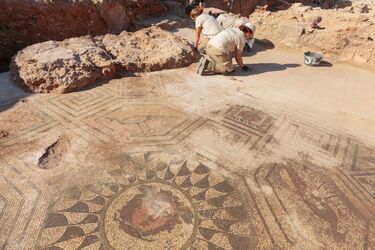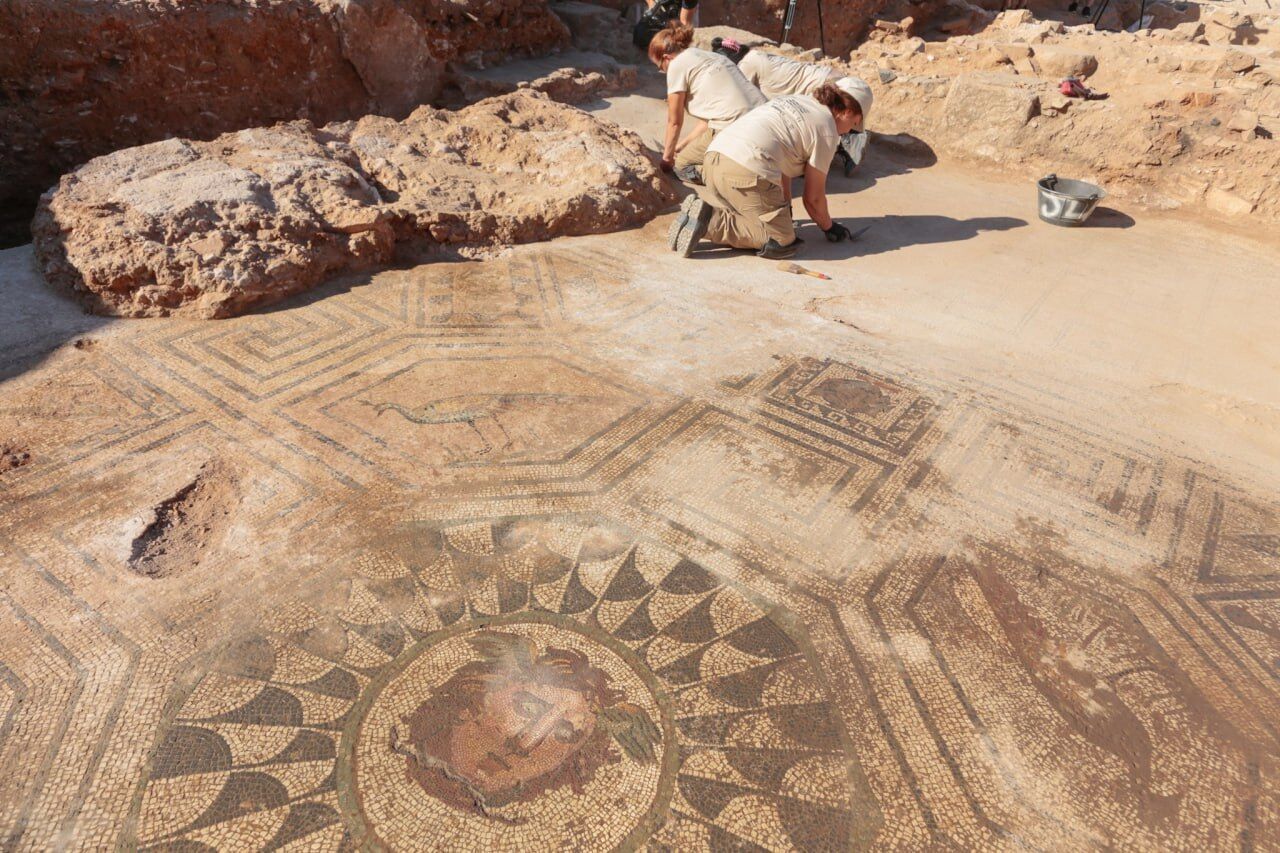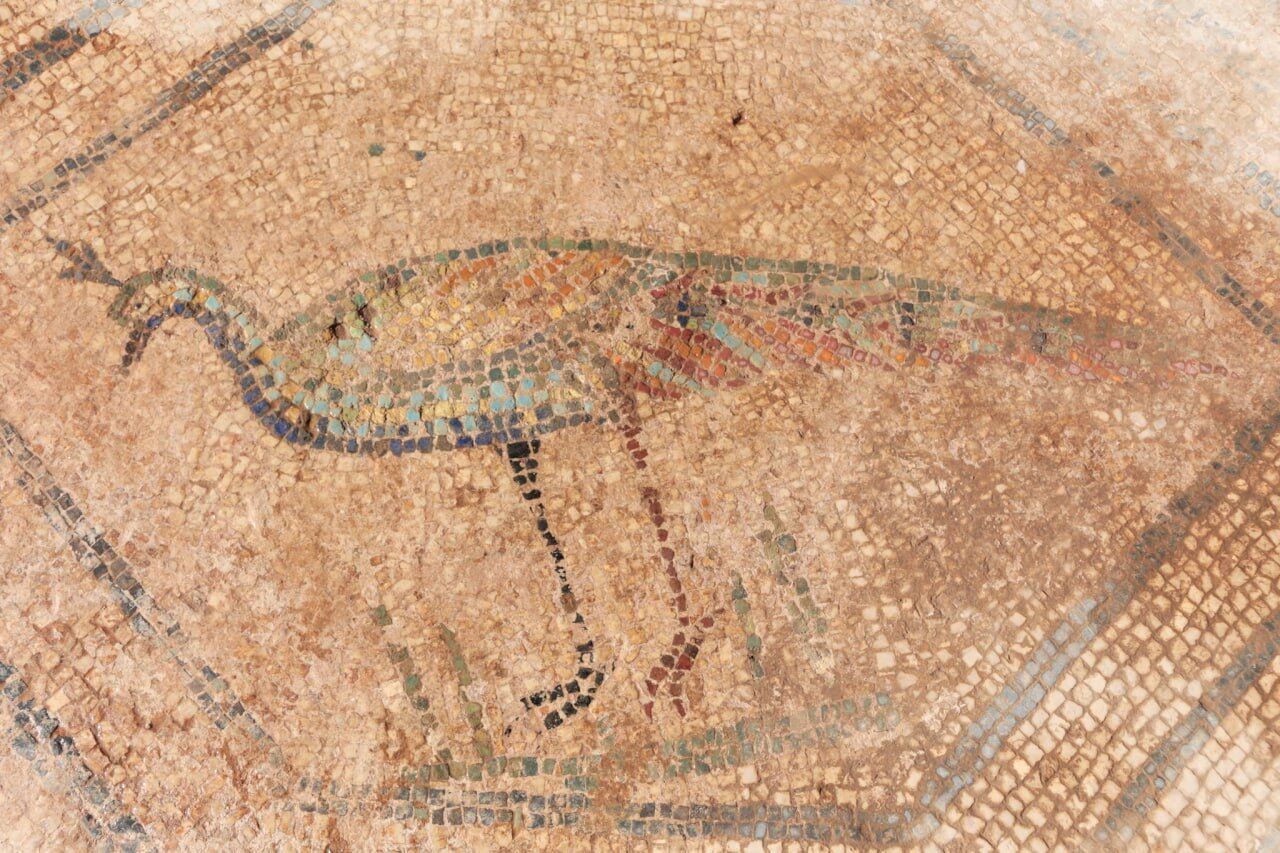Mosaic depicting Medusa from the Roman period found in Spain (photo)

Archaeologists in Mérida, Spain, have discovered a large mosaic from the Roman era in the main room of a Roman domus. The mosaic depicted Medusa, one of the three terrifying gorgons from Greek mythology.
The mosaic was found in the archaeological area of La Huerta de Otero, which is located on the western side of Mérida, which was part of the Roman city of Augusta Emerita. Augusta Emerita was founded in 25 BC. Augustus to resettle Emerita soldiers from the veterans of the legions of the Cantabrian Wars.
Read also: Underwater robot found a 2000-year-old treasure in the Mediterranean Sea (photos and videos)
The city has become one of the largest Roman centres in Spain and the capital of the province of Lusitania, covering an area of more than 20,000 square kilometres, according to the website of the Municipality of Mérida.
The image of Medusa is framed in the centre of an octagonal medallion surrounded in all four corners by peacocks representing the four seasons. The total area of the mosaic is about 30 m2, and it also contains geometric patterns and images of plant and animal motifs such as birds and fish.

Felix Palma, director of the Monumental City consortium, commented that the site "has an exceptional character due to the level of preservation of the remains and, above all, due to the decorative element that adorns the well-preserved house: not only mosaics, but also paintings and sculptural motifs."
The excavations also uncovered a 40-metre-long section of the Roman wall that protected the city and the remains of a road that ran parallel inside.









Scholars say the find is significant because it provides new insight into life under Augustus Aemeritus. The mosaic is an excellent example of Roman art and craftsmanship, and it shows the wealth and luxury enjoyed by Roman citizens.
The discovery is also important from a historical point of view, as it provides new evidence of the development of the Roman city. The Roman wall discovered during the excavations helps to better understand how the city was defended, and the remains of the road give an idea of how people moved around the city.
As a reminder, an 1800-year-old marble statue of a nymph was discovered during excavations in Spain.
If you want to get the latest news about the war and events in Ukraine, subscribe to our Telegram channel!
